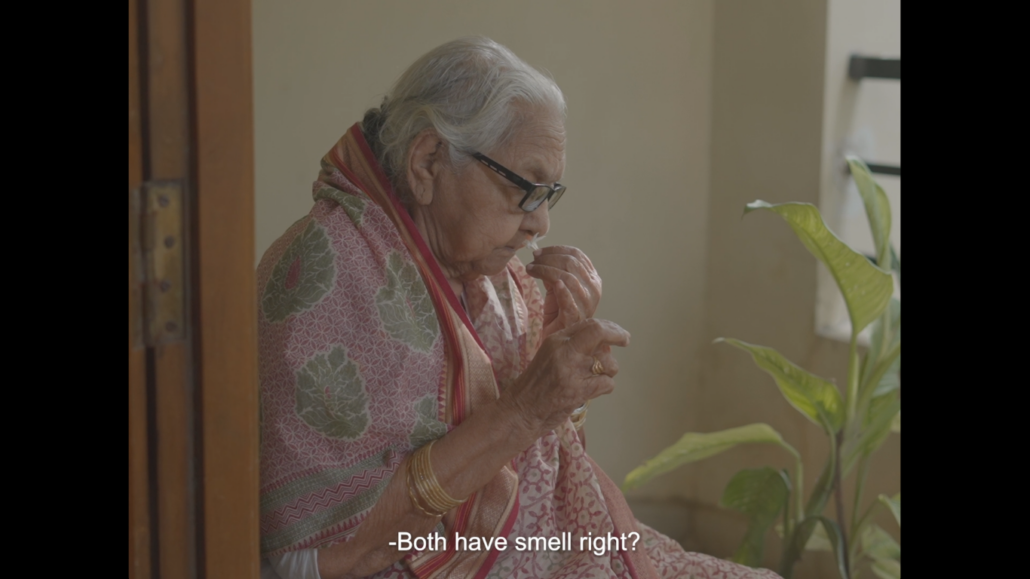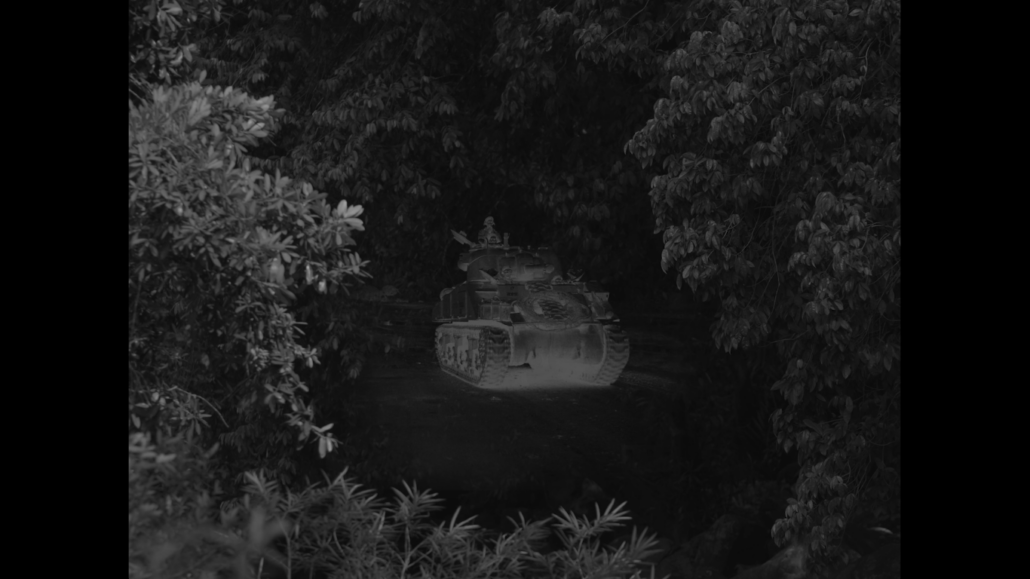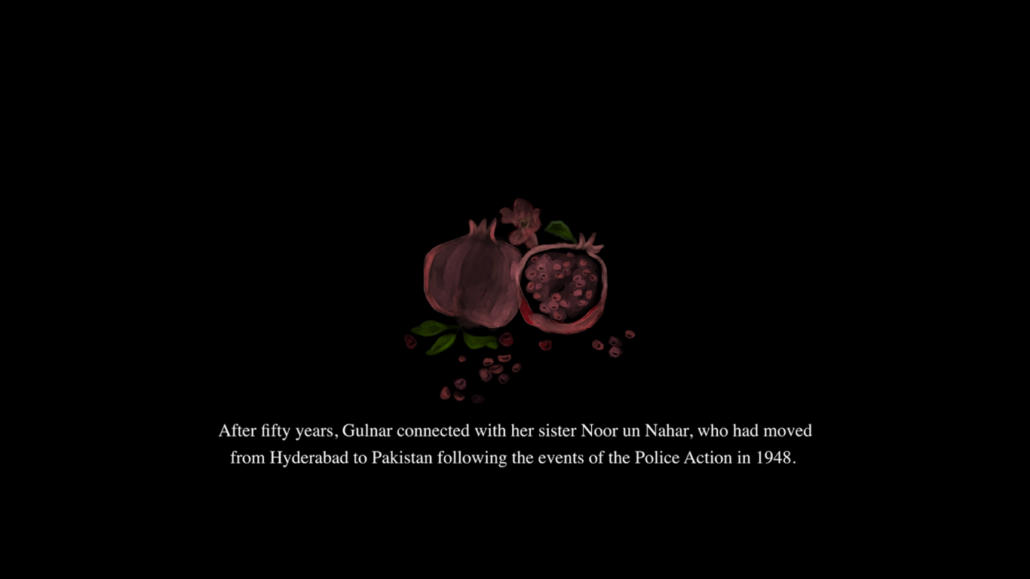| TITLE OF THE FILM | When Pomegranate Turns Grey |
| DIRECTED BY | Khurram Muraad Siddiquie, Thoufeeq K |
| LANGUAGE | Dakkani Urdu (English subtitles) |
| YEAR | 2024 |
| COUNTRY | India |
| DURATION | 37 minutes |
| SPECIAL NOTE | Kolkata Premiere |
PRINCIPAL CREW & CAST
| WRITING | Khurram Muraad Siddiquie |
| CINEMATOGRAPHY | Thoufeeq K, Abdul Hannan |
| EDITING | Abdul Hannan |
| LOCATION SOUND | Basil Islam |
| SOUND DESIGN & MUSIC | Irfan Hadi |
| ANIMATION | Neha Ayub |
| PRINCIPAL CAST | Gulnar Khanum, Khurram Muraad, Khaju, Mohammad Mujeebuddin, Shameem Begum |
ABOUT THE FILM
The documentary follows Muraad, who embarks on a personal journey to trace the harrowing memories of Hyderabad annexation (Police Action) in 1948. Gulnar, his 94-year-old grandmother, shares the residues of the event as her household experienced it, and becomes the string connecting Muraad to a distant blood-stained past. The baggage of pain, suffering, and healing transcends territorial boundaries when Muraad reconnects Gulnar to her younger sister, after decades-long separation.
ABOUT THE DIRECTOR
Khurram Muraad is a poet, researcher and documentary filmmaker based in South India. He completed his Master’s in Linguistics at the University of Hyderabad. His interests include language, literature and literary cultures.
Thoufeeq K is a lens-based artist, researcher, and documentary filmmaker based in Kerala, currently pursuing a Master’s in Visual Anthropology. He specialises in multimedia projects that blend text, sound, and image, focusing on the intersections of visual arts, anthropology and religion.
DIRECTOR’S STATEMENT
“My interest in the 1948 Police Action was rekindled during the COVID-19 lockdown, while spending more time with my grandmother, who carried traumatic memories of it. My research revealed a lack of recorded history on the events, with key archives from 1948 inaccessible. I was particularly struck by how the massacre of 40,000 Muslims remains unacknowledged in the public discourse. Eventually, I partnered with a co-director and decided to take an autoethnographic approach. Our film explores this intertwining of our personal and historical narratives.”






